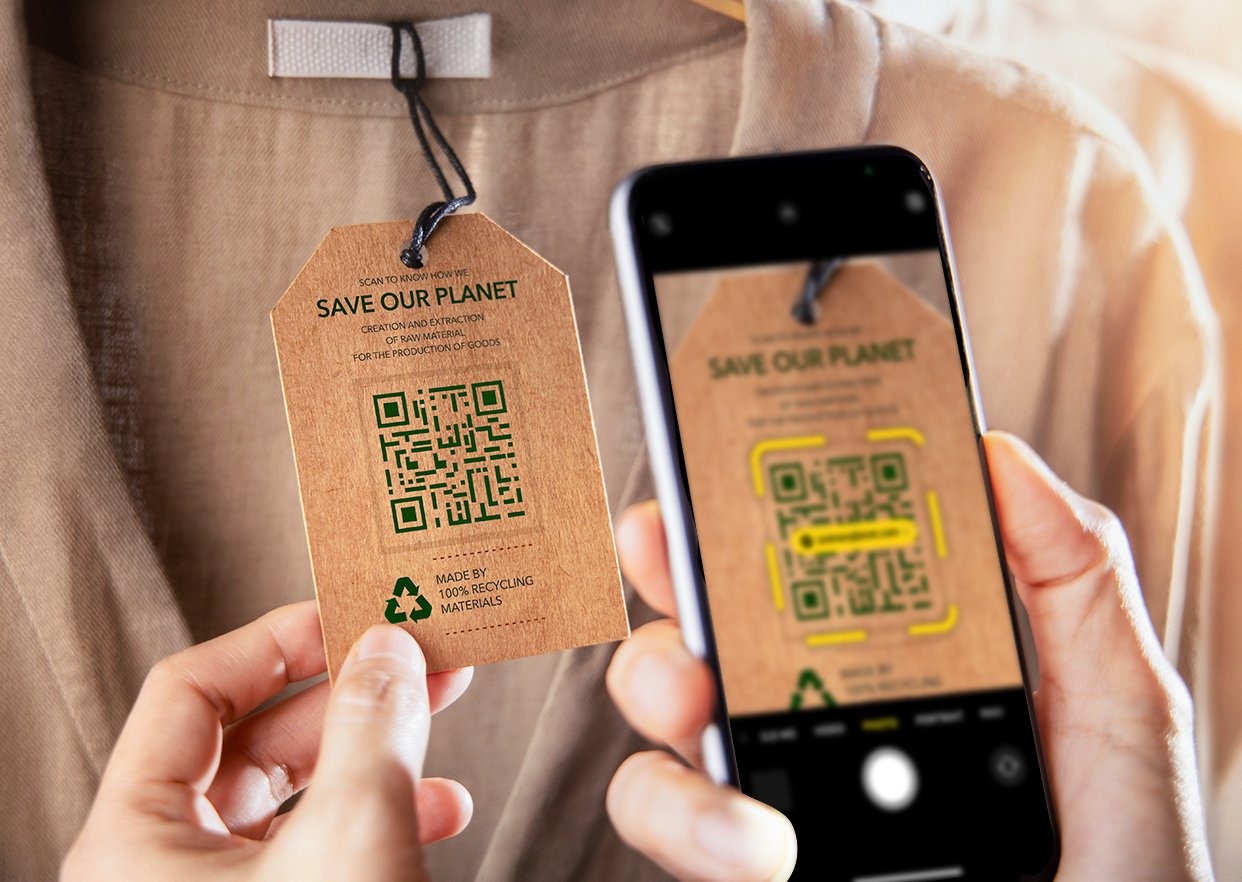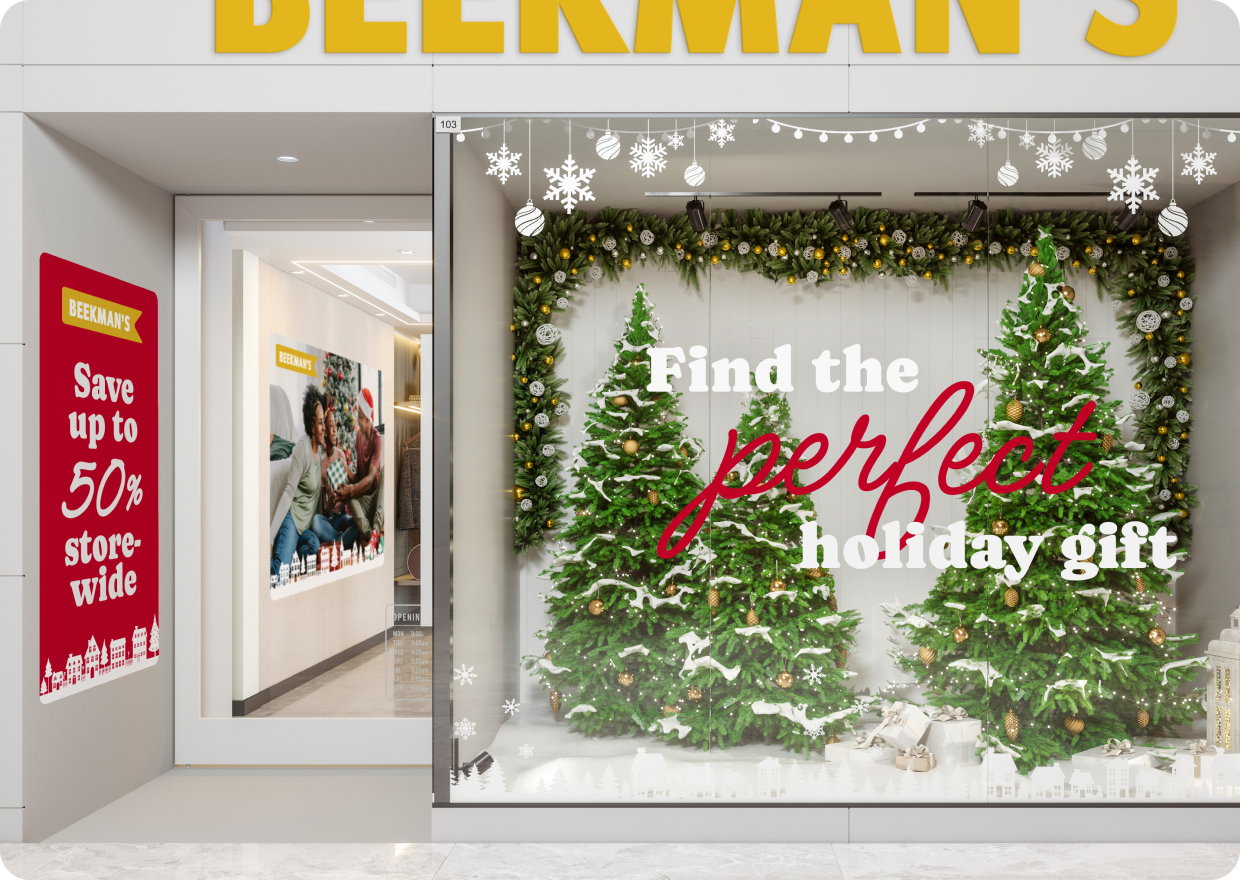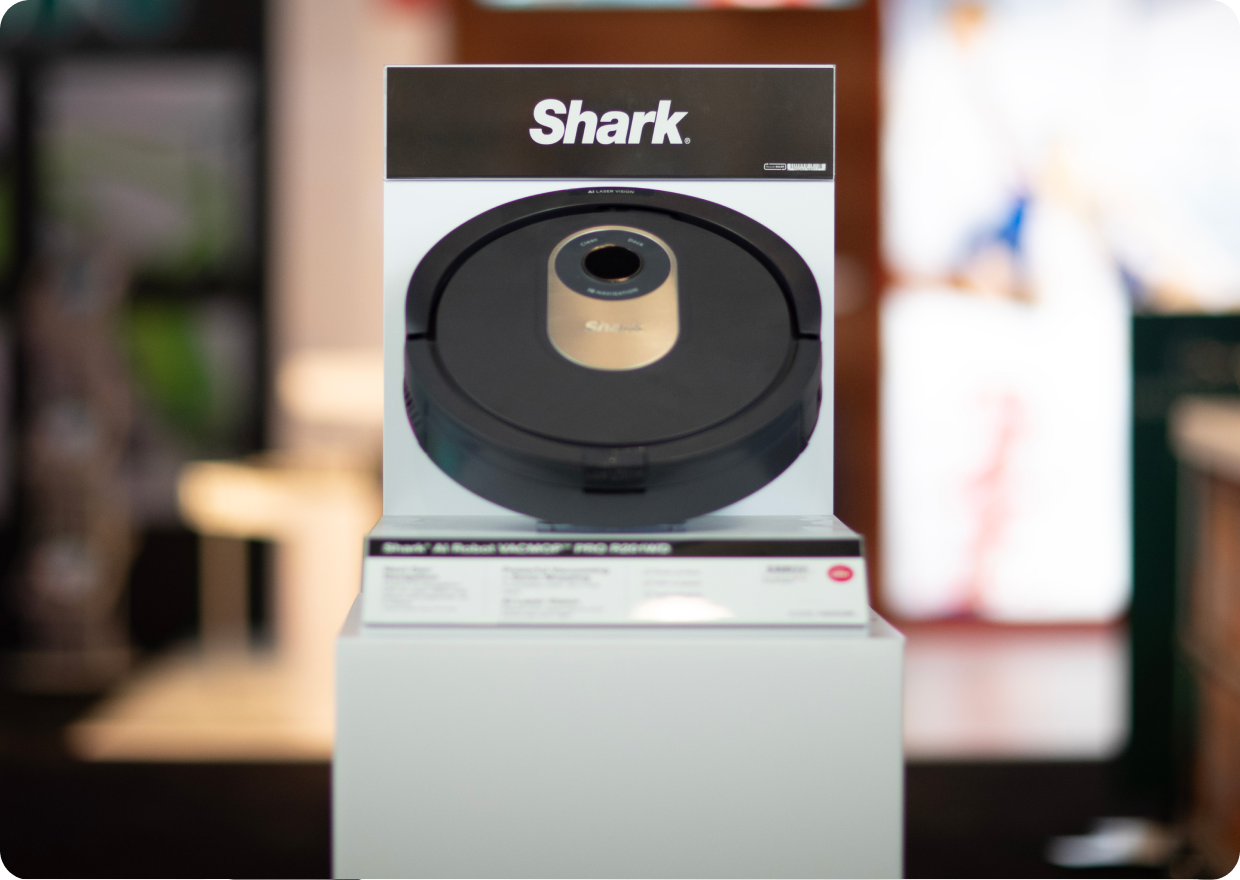Retailers are very familiar with the concept of compliance when it comes to their marketing materials. The Federal Trade Commission (FTC) and the Federal Communications Commission (FCC) — among others — maintain various regulations that are designed to protect consumers from misleading claims and abusive business practices.
However, there is another type of “compliance” that keeps the marketing teams at multi-location retailers awake at night:
How do we help in-store teams display the right signs and graphics — in the right places and at the right times — in all of our stores?
In this context, compliance is about making sure the brand always shows up the way it’s intended to. The blog that follows looks at the reasons why installation compliance of in-store marketing materials is so important to retailers and offers three ways to ensure it happens.
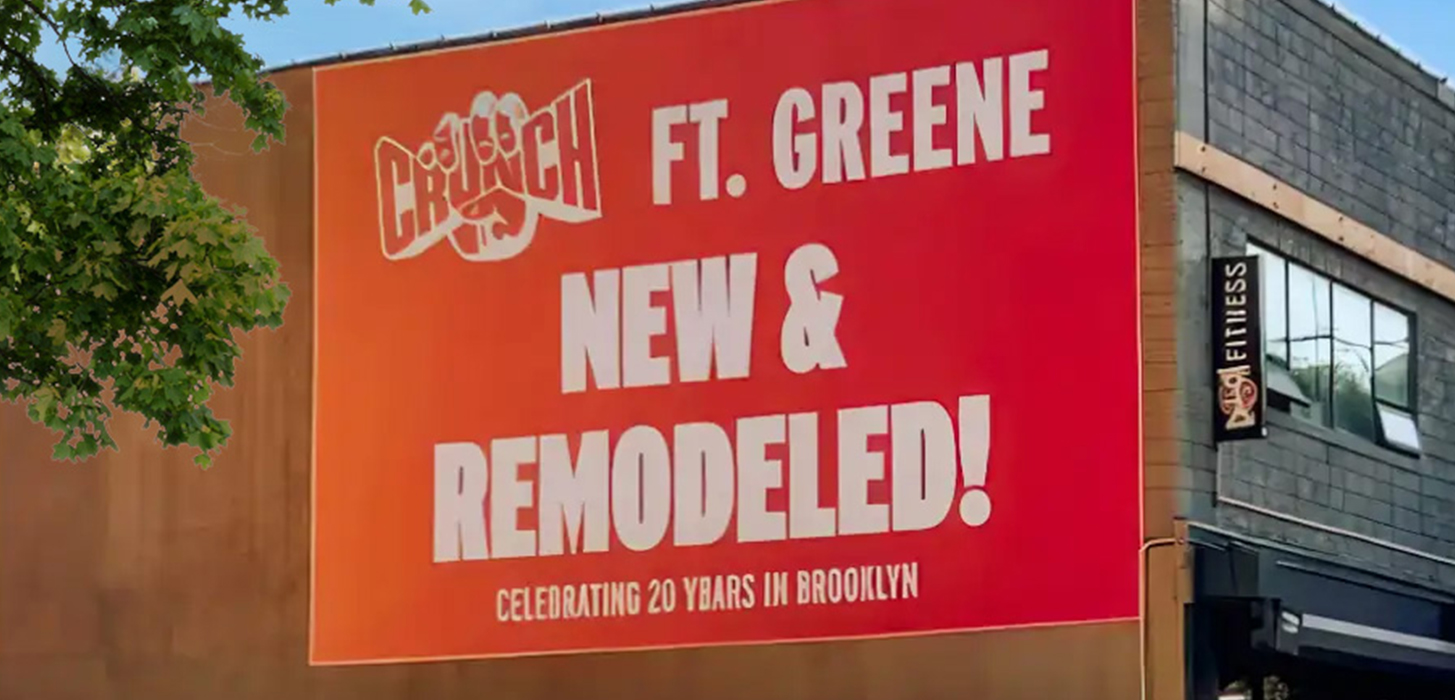 Why does in-store marketing compliance matter?
Why does in-store marketing compliance matter?
For a single-store retailer, ensuring that the correct marketing materials are always on display is relatively simple. There is only one physical environment to monitor so there’s no risk of inconsistency with other stores.
However, as the number of stores rises, the complexity of the task increases exponentially. For multi-location retailers with perhaps hundreds of stores, keeping the correct signs and graphics on display everywhere simultaneously is a monumental challenge. It’s also of monumental importance for three reasons.
Brand Integrity
Strong brands are rooted in consistency and repetition. Consider the sleek, sophisticated environment of an Apple store. Based on a design philosophy of simplicity and minimalism, every Apple store helps build the brand by maintaining absolute consistency. When a retailer allows its signs, graphics and displays to stray off brand from location to location, that consistency is lost and the brand is diminished.
Brand Protection
Obsolete signage can also trigger a compliance issue in the traditional sense. For example, signs and graphics promoting prices and credit terms that have long since expired can inadvertently put the retailer at odds with the law. At the very least, it creates a negative experience for disappointed consumers and results in reputational harm.
Marketing ROI
A lack of consistency in the application of in-store signage also diminishes the impact of the marketing campaigns themselves. Just as an orchestra sounds best when every musician is playing their part correctly, visual merchandising tools perform best when they complement each other within the store and across the entire chain. Companywide brand messages should be treated consistently from store to store. Conversely, location-specific offers should be correctly aligned with the consumers who frequent that store.
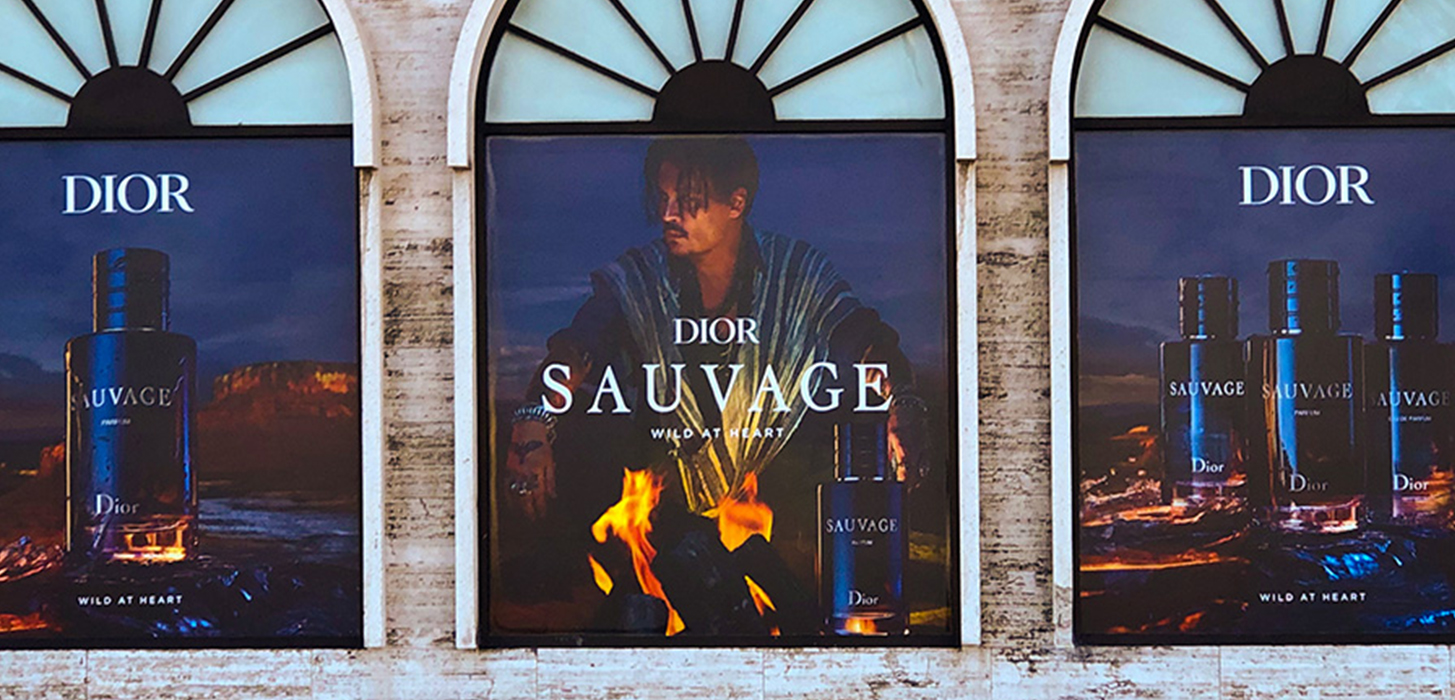 3 keys to improved marketing compliance in the store
3 keys to improved marketing compliance in the store
More than anything, brand-compliant use of signs and graphics by a multi-location retailer hinges on clear and effective communication among all of the parties involved including:
- The corporate marketing team that creates the promotional calendar and marketing strategies.
- The creative team — whether internal or third-party agency — that writes and designs the signage materials.
- The printing company or fabricator that manufactures the signs, graphics and displays.
- The in-store teams or third-party installers responsible for re-setting the signage in each location.
As this list illustrates, many different players representing vastly different roles and responsibilities are involved. For clear and effective communication to occur within a group this diverse, three things must happen.
#1: Centralize all plans, artwork and instructions in a single place.
Then, provide all parties access to that centralized resource. Having this “single source of truth” is the only way to ensure a consistently on-brand message in every store.
#2: Centralize communications in the same manner.
Enable the corporate marketing team to collaborate directly with the design team. Empower the creative team to discuss raw material and fixture decisions with the third-party installer. Let the in-store teams reach out to corporate marketing to ask for clarification on their instructions. Instant, real-time collaboration of this type gets the brand message to market faster and more consistently.
#3: Seek out purpose-built technologies that automate and accelerate #1 and #2.
Surveys show that 83% of retailers still rely on email and Google Docs to manage complex in-store marketing campaigns. Both are indispensable tools but neither was designed for this assignment. The endless email chains, garbled instructions and loss of version control that result are the primary reason so many in-store marketing campaigns fail to comply with brand strategy.

In-Store Marketing Reimagined
Taylor solves the in-store marketing compliance problem with campaign management software specially designed for multi-location retailers. Our solution provides the single source of truth retail teams need to effectively manage in-store marketing materials:
- Track the unique physical characteristics of every store in a central database.
- Plan, schedule and launch complex marketing campaigns seamlessly.
- Enable every contributor to the rollout to collaborate in real time through a single tool.
- Manage entire campaigns from end-to-end through a single robust dashboard.
- Measure installation compliance with built-in survey tools, ensuring that you always deliver powerful retail experiences.

No more spreadsheets or email chains. Maximize the brand-building power and marketing ROI of your signs, graphics and displays. Contact your Taylor representative to learn more.



